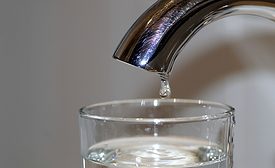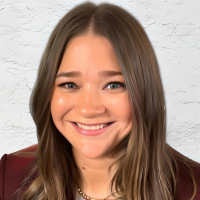Home » drinking water
Articles Tagged with ''drinking water''
Provide your customers with healthy water at home
Help your customers save money rather than purchasing store-bought bottled water.
July 2, 2020
Julius Ballanco: Drinking foundtain or bottle filler
What should the plumbing code mandate regarding a drinking fountain?
March 8, 2019
Interest Surges for Water Quality Market
The aftermath of Flint, Michigan, opened consumers’ eyes to water treatment solutions.
March 8, 2019
Keep your content unclogged with our newsletters!
Stay in the know on the latest plumbing & piping industry trends.
JOIN TODAY!Copyright ©2024. All Rights Reserved BNP Media.
Design, CMS, Hosting & Web Development :: ePublishing













